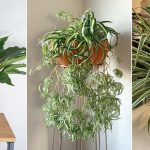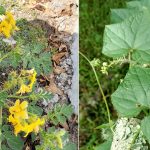Don’t let those nasty brown tips on plants dampen your gardening spirit, for we’ve listed the most common reasons and solutions to help you out!
If brown tips on plants have you questioning your green thumb, don’t worry—we’ve got your back. Understanding the underlying reasons and having effective solutions at hand can significantly help restore the health and luster of your plants!
Discover the most common spider plant diseases here!
Causes of Brown Tips on Plants and Their Solutions
1. Lack of Humidity
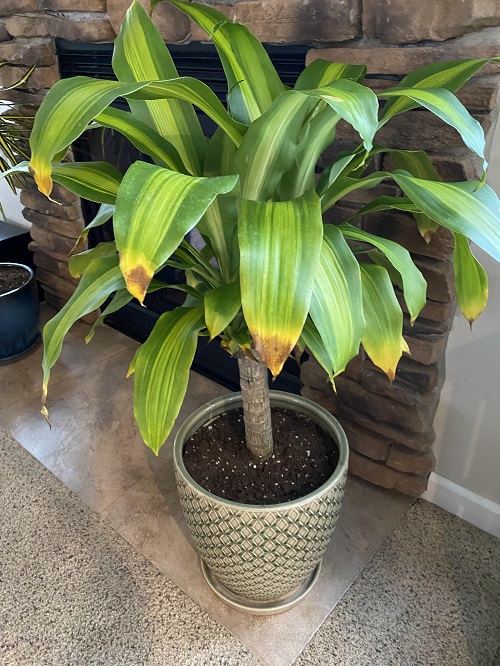
Lack of humidity is a silent threat to plants, especially tropical ones. When the air in your home becomes too dry, perhaps during the winter months or in air-conditioned rooms, plants struggle to retain moisture. This issue manifests most visibly in the tips of the leaves, as they are the frontline in the battle against dry air and, sadly, often the first casualties.
Signs
Watch out for leaf tips that turn brown and crispy in the colder months.
Solution
To combat this, you can use a room humidifier, or create a more localized humid microclimate. This can be as simple as placing your plants on a tray filled with pebbles and water—just ensure the pot isn’t directly in the water. Or you can group some plants together, as they naturally release moisture, creating a mini greenhouse.
2. Improper Watering
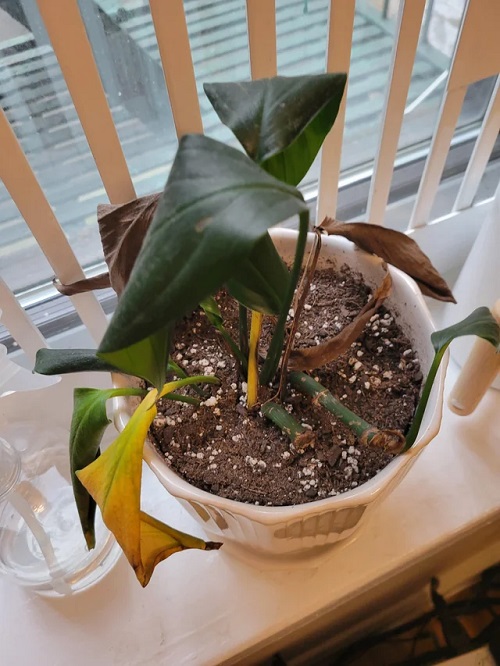
Watering plants correctly is less about sticking to a rigid schedule and more about understanding their unique needs. Overwatering can suffocate roots and lead to root rot, while underwatering starves the plant of essential hydration. Both scenarios stress your plants, but they communicate their distress differently.
Signs
If you’re overwatering, you might notice leaves turning yellow or a general wilted appearance. Underwatered plants will have dry, crumbly soil, with leaves that look thirsty and lifeless, starting from the tips.
Solutions
Find the sweet spot in watering. Get to know your plant’s preferences—does it like its soil to dry out a bit between waterings, or does it prefer consistently moist soil? It’s better to let the medium dry out a little and water only when it feels dry to the touch. Follow a deep watering routine and ensure good drainage to prevent waterlogging.
3. Longterm Use of Hard or Tap Water

Water quality is an often overlooked aspect of plant care. The chlorine, fluoride, and other chemicals commonly found in tap water can be detrimental, especially if used over longer periods. As over time, these chemicals can accumulate in the soil, turning it into a toxic environment for your plants.
Signs
The leaves might also lose their vibrancy, appearing dull or yellowed, apart from brown tips and edges.
Solution
Using filtered, distilled, or rainwater can be a game-changer. If you must use tap water, let it sit out overnight to allow chlorine to evaporate. Periodically flushing the soil with clean water can help to reduce the buildup of these harmful chemicals.
4. Salt Build-Up in the Soil

We often equate fertilizing with feeding our plants, but too much fertilizer can lead to a buildup of salts in the soil. These salts can draw moisture from plant tissues, leading to brown, scorched tips. This is a classic case of overnutrition, where the cure can sometimes be worse than the disease.
Signs
The signs are quite visual— brown, crispy tips on the leaves and sometimes a visible white crust on the soil surface or around the edges of the pot.
Solution
Cut back on fertilizer, especially synthetic ones high in salts. Opt for organic or slow-release options. Also, flush the soil with water periodically to wash them out. If the condition seems out of control, repot it in fresh soil and discard the affected batch in the garden.
5. Nutrient Deficiency
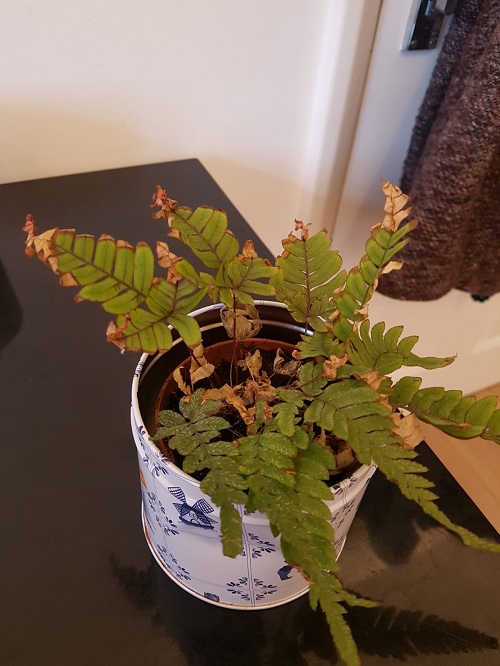
While over-fertilizing can be the culprit, nutrient deficiencies play a major role as well. It can manifest in various ways depending on the lacking nutrient.
Signs
For example, nitrogen deficiency often leads to poor growth, with light green leaves and yellow or light brown lower leaves. Phosphorus deficiency can lead to dark green leaves with purple tints and poor growth. Lack of potassium results in thin and faded shoots, with browning of tips and margins.
Magnesium deficiency displays as interveinal chlorosis on older leaves, progressing to reddish hues, and leaf tips might turn upward.
Solution
Adjust your fertilizing routines based on the telltale signs, using appropriate supplements or balanced fertilizers. The best bet is to use a balanced (10-10-10 or 20-20-20) liquid fertilizer every 4-6 weeks in the warmer months. Most plant growth slows down in the colder months, so you may skip fertilizing by then. Always dilute the fertilizer to 1/4th strength to avoid salt buildup.
6. Pests or Diseases
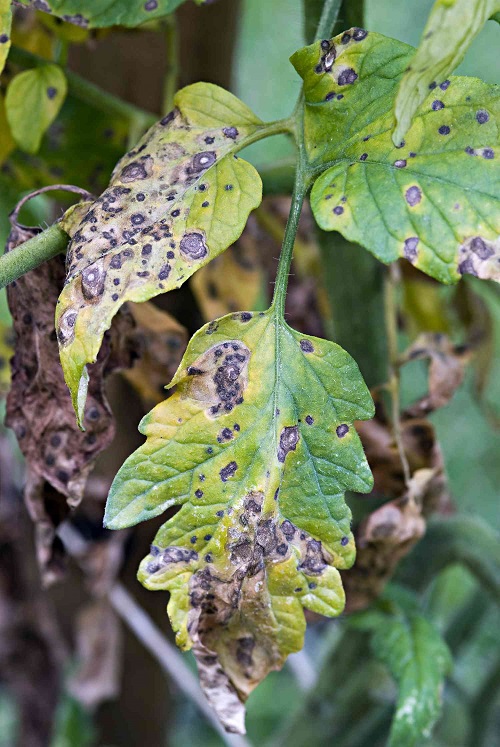
Pests like spider mites or diseases such as fungal infections can wreak havoc on plants. These invaders attack the plant tissue and such out the sap, leading to various symptoms, including brown leaf tips.
Signs
Spider mites, aphids, or thrips suck on leaf juices, leading to discolored or brown tips. Look for fine webbing (spider mites), tiny moving dots (aphids), or silvery streaks (thrips). Diseases such as root rot or fungal infections can cause the leaf tips to turn brown.
Root rot typically results from overwatering and is accompanied by a mushy base and foul smell.
Solution
For pests, remove infested leaves, isolate the plant, and treat with neem oil. If you suspect root rot, improve drainage, reduce watering, and if severe, repot the plant, removing any rotten roots.
7. Sudden Environmental Fluctuations

Temperature, light, or humidity shifts can throw a wrench in their usual routine. In reaction, plants go into survival mode, preserving their core at the expense of their extremities, like leaf tips, which are the first to show signs of distress.
Signs
Browning or curling at the tips, often accompanied by other stress signs like drooping or yellowing. New growth may be stunted or deformed.
Solutions
Avoid moving them around too much, especially to places with starkly different conditions. After repotting, don’t immediately expose plants to bright sunlight or chilly drafts; they need time to adapt to their new homes.
8. Natural Aging
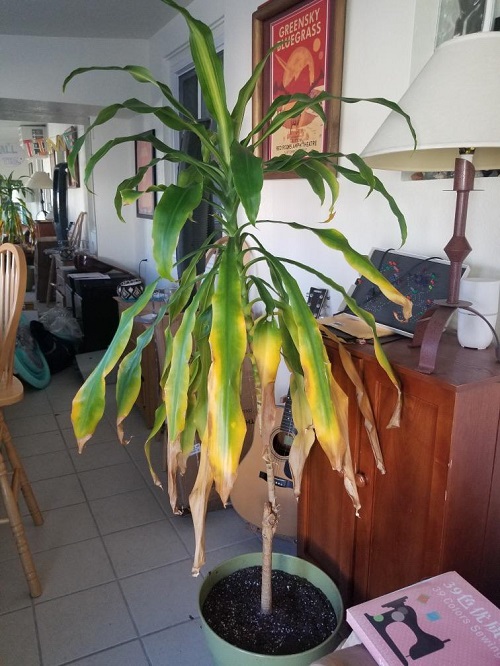
Like all living organisms, plants age. Over time, older leaves will naturally begin to decline as the plant focuses its energy on new growth.
Browning tips on older leaves can often be a normal part of the plant’s lifecycle.
Signs
Older leaves, typically lower on the plant, will show signs of aging, like browning or yellowing tips. The rest of the plant, including new growth, appears healthy and vibrant.
Solution
Prune the older leaves regularly. This encourages new growth and keeps the plant looking fresh. Occasional brown tips on older leaves are not a matter of concern if the plant is otherwise healthy.
9. Over Fertilization

Over-fertilization is a common mistake that leads to a buildup of nutrients, particularly salts, in the soil. Excess nutrients can draw moisture out of plant tissues, causing dehydration and nutrient burn, evidenced by brown tips.
Signs
The signs include browning at the tips and edges of leaves. Sometimes, there might be a visible crust of fertilizer on the soil surface. The leaf color may also change, showing signs of burning or scorching, especially near the tips.
Solution
Reduce the frequency and concentration of fertilizer application. Flush the soil periodically with water to help dissolve and wash away excess salts.
10. Sunburn
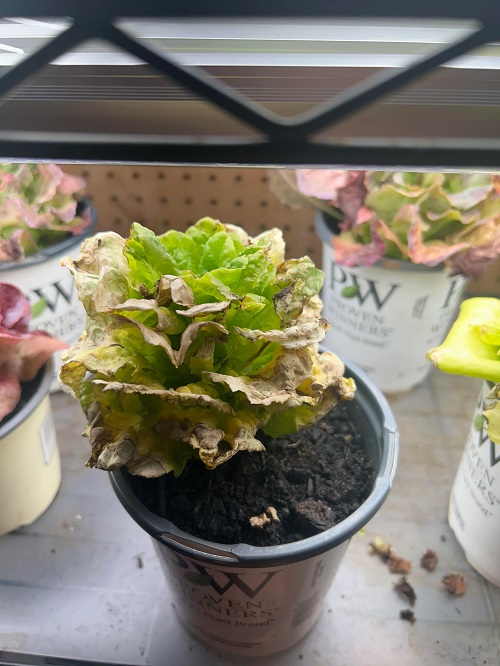
Direct and intense sunlight can sometimes be too much for plants, causing sunburn, especially for those not acclimated to high light levels. It mostly leads to discoloration and, in severe cases, browning and crisping of the leaf tips.
Signs
Look for brown, crispy spots or patches on the leaves, usually on the side facing the sun. Before turning brown, leaves might show discoloration, turning yellow or white.
Solution
Gradually acclimate plants to brighter conditions; don’t abruptly move a plant from a low-light area to full sun. Use sheer curtains or blinds to diffuse direct sunlight, especially during the peak hours of the day, or don’t place them in overly sunny spots in the house.


